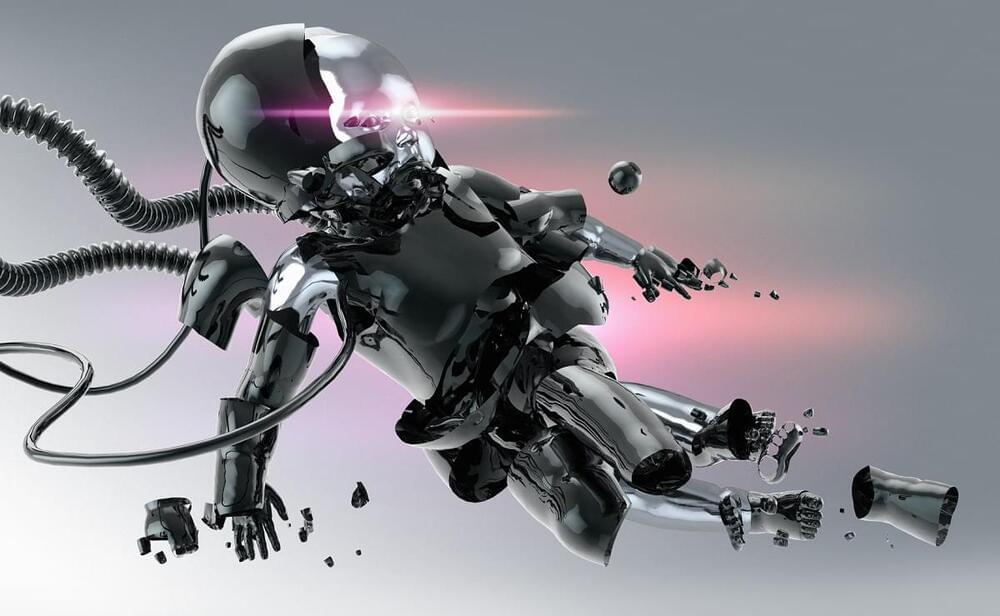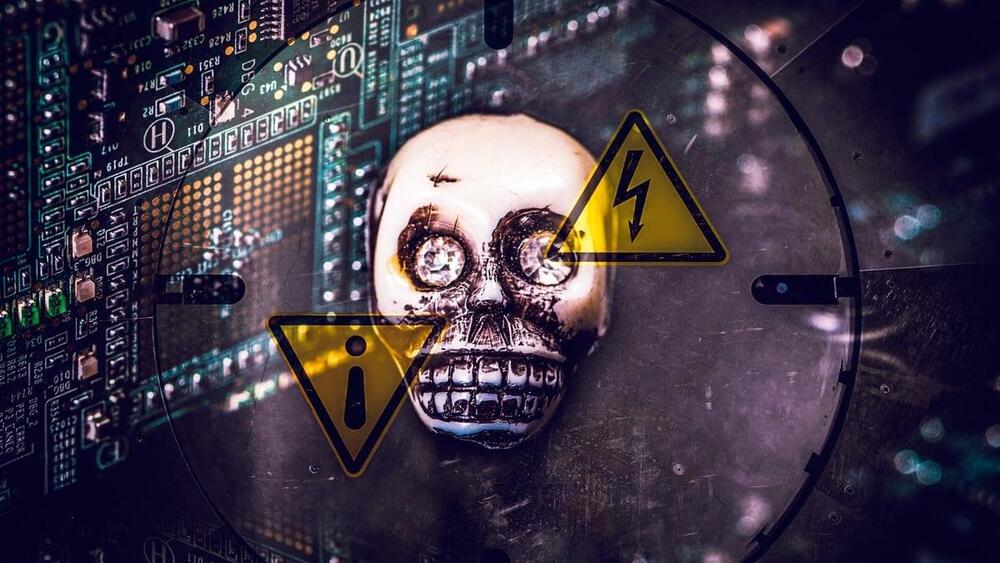Less than a year into the AI boom and startups are already grappling with what may become an industry reckoning.
Take Jasper, a buzzy AI startup that raised $125 million for a valuation of $1.5 billion last year — before laying off staff with a gloomy note from its CEO this summer.
Now, in a provocative new story, the Wall Street Journal fleshes out where the cracks are starting to form. Basically, monetizing AI is hard, user interest is leveling off or declining, and running the hardware behind these products is often very expensive — meaning that while the tech does sometimes offer a substantial “wow” factor, its path to a stable business model is looking rockier than ever.




